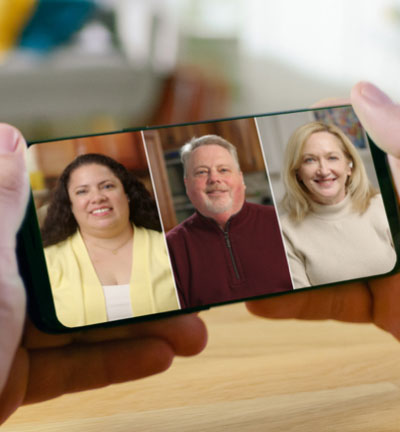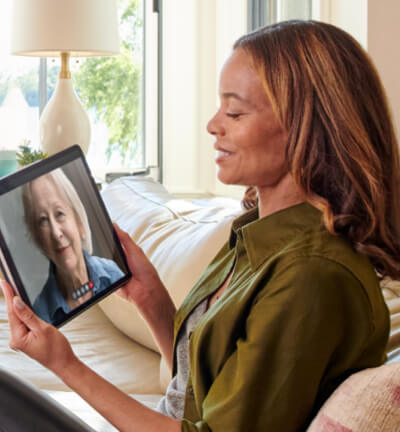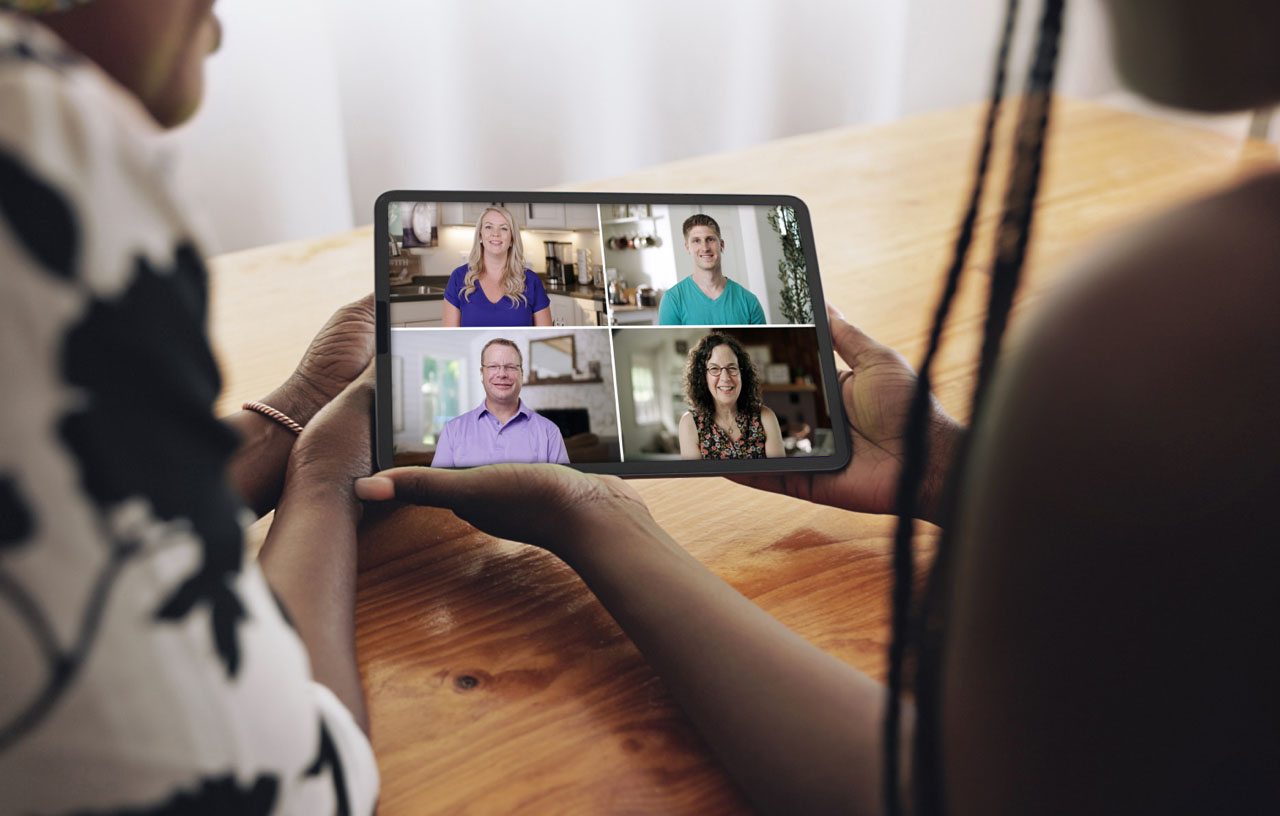Not sure how to share MG details in an emergency? Read on for tips and a resource that may help!
While some days with myasthenia gravis (MG) may be manageable, some, unfortunately, may not be. It’s one thing to discuss concerns with a doctor at a scheduled healthcare appointment, but it’s another to have to share those concerns in the emergency room (ER) or with paramedics. Since emergency situations with MG can come up, feeling prepared ahead of time with key details to give ER providers might be helpful, as they may not be familiar with MG.
Recognizing an MG emergency
A myasthenic crisis is something 15% to 20% of people living with MG experience at least once, and it could potentially lead to an ER visit.1,2 An MG crisis, according to the Myasthenia Gravis Foundation of America (MGFA), is a complication of MG characterized by the worsening of respiratory muscle weakness, often resulting in respiratory failure. Common triggers may include physical and environmental stressors, infection, surgical intervention (thymectomy), pregnancy, emotional stress and certain medications.3 For more information on MG crises and resources to be prepared for them, review Crisis 411: What You Need to Know About Myasthenic Crisis.
After you download the MG Emergencies card, you may want to give copies of it to your MG supporters so they can advocate for you in the event of a crisis and stay familiar with details, like your current medications. In addition to sharing that resource with ER providers upon arrival in an emergency room, consider the following tips from people living with MG to help communicate effectively.
Call your doctor ASAP
One of the first things you may want to do in an emergency—after calling 911 or on your way to the ER—is call your doctor or any member of your healthcare team whom you trust. Aiden-Lee,* who lives with MG and has experienced several hospitalizations, has found it helpful to have his doctor call the ER ahead of time. Since emergencies can be unexpected and hectic, he also noted that he tries to regularly stay in touch with his healthcare team just in case an MG crisis occurs.
“I try to keep in contact as much as possible, especially when I’m getting worse,” Aiden-Lee explained. “I’ve learned I have to have either my primary care provider or my neurologist call the ER ahead of time if I have an MG crisis.”
Nicola,* another person living with MG who has experienced MG crises requiring hospitalization, had similar thoughts. She added that you could consider having a loved one call your doctor if you’re unable to do so during an MG crisis. Nicola pointed out that this might be crucial if there are specific tests you may need when experiencing an MG crisis and arriving at the hospital. She shared personal experiences when having her doctor weigh in early on these tests might have helped her get the testing she needed quickly.
If you aren’t able to get in touch with your doctor right away, Aiden-Lee suggests being as descriptive as possible about your symptoms while you wait. “I tell them that I can’t swallow well, I can’t breathe, and I can’t get out of bed—like, I can’t move myself,” he said.
Take charge of your health.
Have resources with all your medical details ready
Whether via the MG Emergencies Card, a smartphone app or paper notes, listing out key medical details ahead of time may be very useful in an MG crisis. Aiden-Lee maintains a comprehensive list in a smartphone app that includes his doctors’ information, MG crisis details, medications and when he needs to take them, among many other things. “Anyone I deal with at the hospital absolutely loves it because I keep it up to date,” he said. “Now they’ve got that information, so I don’t have to tell them.”
Similarly, Nicola mentioned that keeping a dedicated emergency folder by your front door might be helpful. She shared key details to include, such as a printed diagnosis from a doctor, a clinical write-up of symptoms, tests that should be ordered and anything else that clarifies you’re under the guidance of a doctor. She emphasized the last point, as she has had experiences with ER providers who were unable to validate certain information without her doctor’s approval. On that note, she also suggested asking your doctor to write out this information on their letterhead and add their signature, as material to share with the ER.
“Take charge of your health,” Nicola said, reiterating the importance of feeling empowered to request the care you need. “You’re trying to say, ‘This is what I need and this is what’s going on.’”
Identify nonverbal ways to communicate
In case your symptoms interfere with your ability to speak in an emergency, consider wearing a medical bracelet that says “myasthenia gravis” or something similar that gets core points across. Nicola highlighted this as a helpful tool to supplement any written documentation you may have, as you can simply point to it if paramedics need to come to your home or when you arrive at the ER.
Additionally, if you are unable to speak clearly and don’t have an MG supporter or caregiver with you, Nicola noted that MG Facebook groups may be a helpful resource. She shared that you can try messaging patient advocates in those groups to see if they can help advocate for you or call your doctor.
Prep your MG supporters or caregivers
If you’re able to have a loved one with you in the event of an emergency, you may want to brief them ahead of time for what you’d need from them. “It’s really frustrating when you can’t communicate, so make sure your MG supporters or caregivers know exactly what you need,” Nicola says, who has had her boyfriend help advocate for her in emergencies. It could help to have them know things like what your contraindications are, medication allergies, how to explain MG and anything else you deem important.
Aiden-Lee mentioned that he has spent time explaining to his family and friends how MG works so they can have a better understanding. He also shares language with them that he thinks may help get ER providers’ attention, such as stating, “I’m not just a family member; I'm this person’s caregiver.”
Start preparing now
Consider jotting down these tips in a journal, a notes app in your smartphone or anywhere else you can easily revisit them. Then review them with the MG supporters or caregivers in your life and go over a plan together for what you’d do in the event of an emergency. Download the MG Emergencies card as well to help yourself be prepared with key information going forward.
This can be an opportunity to not only help yourself, but to pursue greater understanding from others about MG. As Nicola put it, “If even one person reads this and implements something that gets them taken care of, it’s worth it.”











